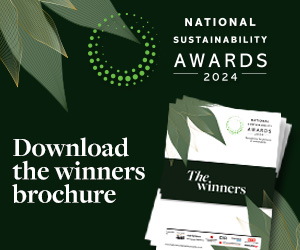Under half of disclosing financial institutions report actions to align portfolios with a well below 2C world according to the first ever analysis of financed emissions based on self-reported data from global asset managers, asset owners, insurers and banks by CDP.
Moreover, the portfolio emissions are on average over 700 times larger than direct emissions, per organisation reporting financed emissions.
CDP’s TheTime to Green Finance shows that almost all climate-related impacts and risks of global financial institutions come from financing the wider economy. However, just a quarter of the 332 financial institutions disclosing in 2020 through CDP’s first financial services climate change questionnaire reported portfolio emissions.
Under half of banks (45 per cent), asset owners (48 per cent) and asset managers (46 per cent) report taking action to align investments with a well below 2C goal, and just 27 per cent of insurers are doing so for underwriting portfolios.
In addition to underreporting portfolio emissions, financial institutions are also underestimating climate-related risks. Financial institutions more commonly identify direct operational climate-related risks, such as physical damage to their operations, but the vast majority are not yet reporting credit risks, such as borrowers’ default on loan repayments and market risks, such as stranded assets and financial asset price devaluation.
The Time to Green Finance report names some best practice examples from among the disclosing financial institutions, including Allianz SE for governance of climate-related issues, and ABN AMRO for measurement and disclosure of portfolio emissions.
Latest News
-
Premier League and Comic Relief partnership aims to improve children’s mental health
-
Russell Hobbs launches food poverty campaign in schools
-
Tottenham Hotspur and charities launch film to tackle mental health stigma
-
Cardfactory funds homelessness charity’s team of psychologists
-
Bingo firm raises £300,000 for the Stroke Association
-
Sainsbury’s links up with Comic Relief for festive recipe campaign
© 2019 Perspective Publishing Privacy & Cookies







Recent Stories